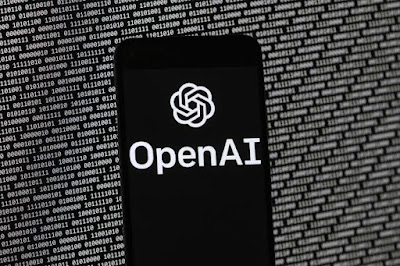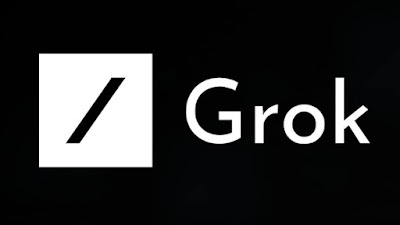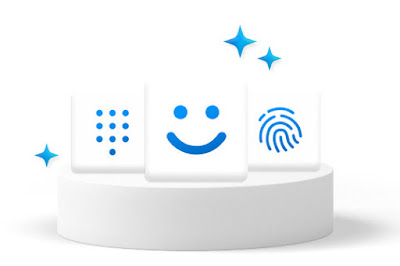Microsoft is dramatically lowering the cost of advanced AI reasoning by integrating OpenAI's powerful o1 model into Copilot's new "Think Deeper" feature, providing users with nearly unlimited access.
OpenAI's December release of the single o1 model, which CEO Sam Altman described as the most powerful available, points out the subtle meaning of "free," as it requires two subsBecause the Copilot app on Windows is now only a PWA, or webpage, you can access the o1 model by using either the Copilot app on Windows or via copilot.microsoft.com. You will need to sign in with a Microsoft account.
On Wednesday, Mustafa Suleyman, Microsoft's chief of Microsoft AI, announced that access to the model would be available to Copilot users "everywhere at no cost." Copilot's "Think Deeper" function will provide access to the model, requiring a few seconds to consider and research an answer before spitting out a response.criptions; one specific example is OpenAI’s ChatGPT Pro, costing $200/mo for unlimited access. ChatGPT Plus, a $20/mo service, offers access to the o1 model, although this access is limited.
Because the Copilot app on Windows is now only a PWA, or webpage, you can access the o1 model by using either the Copilot app on Windows or via copilot.microsoft.com. You will need to sign in with a Microsoft account. On Wednesday, Mustafa Suleyman, Microsoft's chief of Microsoft AI, announced that access to the model would be available to Copilot users "everywhere at no cost." Copilot's "Think Deeper" function will provide access to the model, requiring a few seconds to consider and research an answer before spitting out a response.
In essence, Think Deeper is a more reflective version of Copilot, which lately appears to have tended toward shorter, more hurried responses. But don't think of it as a search engine; Think Deeper responded that its data was up to date as of October 2023 when questioned. Rather, Think Deeper specializes in what is sometimes referred to as "evergreen research"—for instance, analyzing a particular circumstance or historical occurrence or connecting the evaporation cycle to storm development. Additionally, Think Deeper will write and explain code: The task of "Write a basic Windows application that can be used to draw a maze based upon the letters of the user's first name" resulted in a comprehensive development process that, after a few seconds, generated custom C# source files.


.jpeg)
.jpeg)
.jpeg)
.jpeg)

.jpeg)
.jpeg)
.jpeg)

.jpeg)
.jpeg)
.jpeg)
.jpeg)
.jpeg)







.jpeg)
















